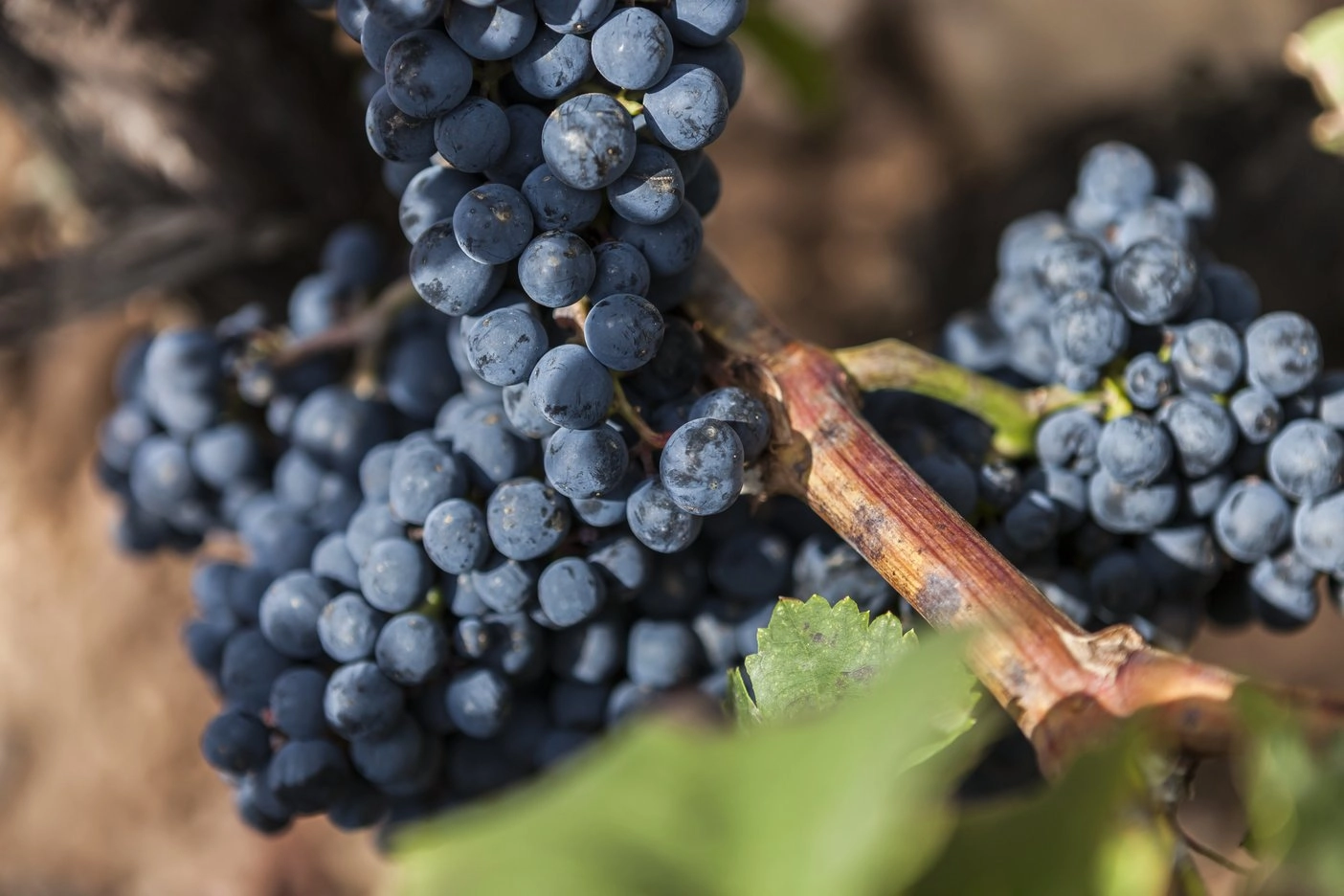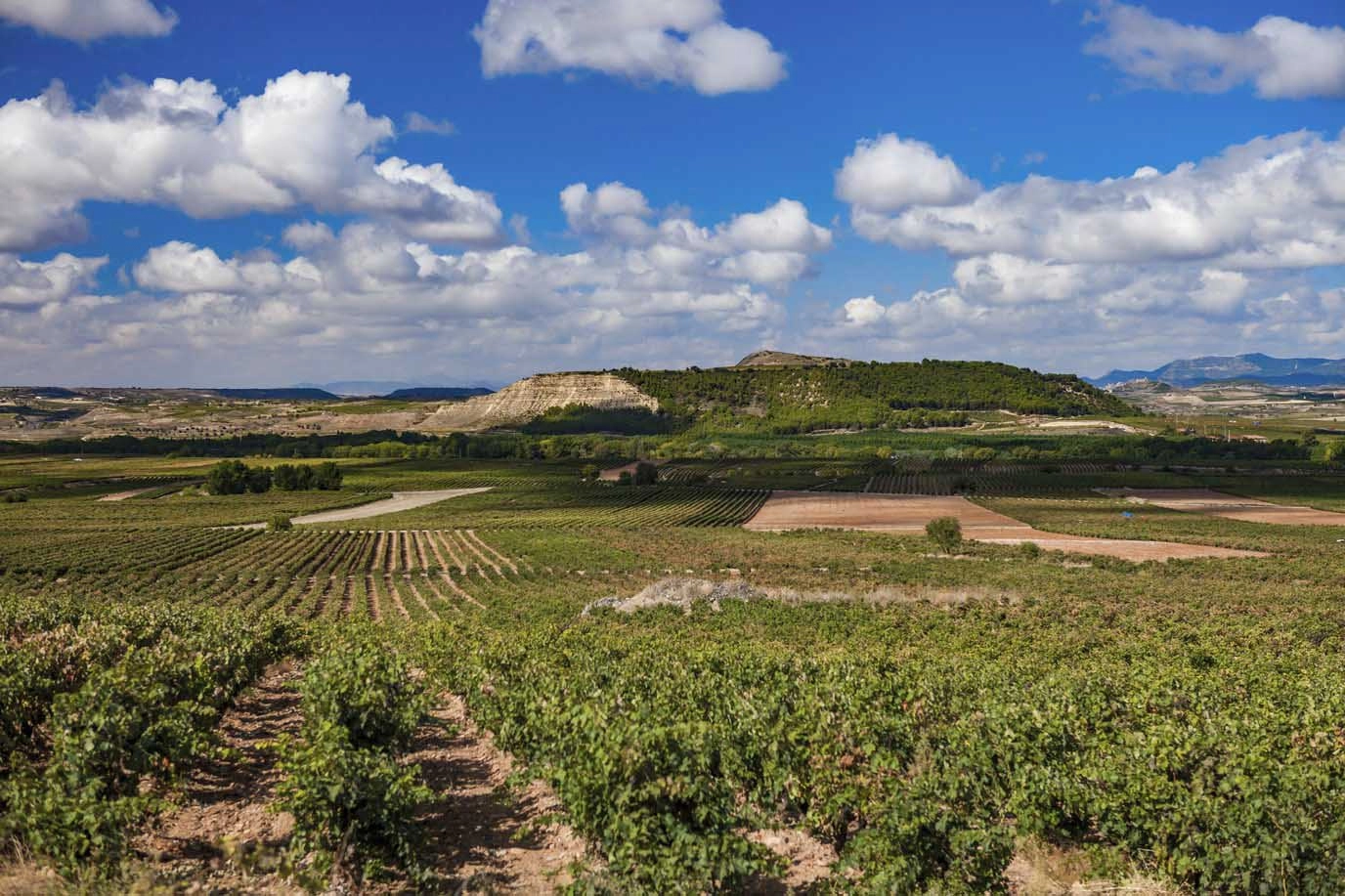We’ve spoken a lot about the wines from our region, D.O.Ca. Rioja, and although people tend to think red when they think of us, we must admit that if we are great it is also due in large part to other types of wine including whites, rosés and sparkling wines.

Yes, sparkling wines as well. In fact, the first Spanish examples of this style, made using the Champenoise method, came from Riojan soil. Specifically, from the Rioja Alta and Alavesa, presented in the 1857 Agricultural Exhibition in Madrid.
The first mention of Catalan Cava does not appear until fifteen years later.
In fact, the D.O. Cava is trans-territorial, that is to say, production is not limited to a certain region but rather it can be produced in several areas of Spain, including Rioja, in which cases the DOCa Rioja category is omitted in favour of the aforementioned one.
What has surely not escaped you is the existence of Riojan rosé wines. In fact, along with those from the D.O. Navarra they are amongst Spain’s most prestigious, and able to compete with the most famous in the world: those from Provence, where artisanal savoir-faire has passed through generations. Even film stars (including the ex-husband and wife team Pitt-Jolie) have got in on the act, making true cult wines, like the highly sought-after Château Miraval. We hope their emotional turmoil doesn’t affect the vines.
Anyway, let’s get back to Riojan rosés. Traditionally made from Garnacha (here it is the star), Tempranillo, and even Viura (which provides acidity), normally they don’t see any oak as here the aim is to achieve lightness and fruitiness, rather than structure. Talking of this style, we can exclusively reveal that Montecillo is going to add a new Rosé to its range, very much in this line.
Montecillo rosé is produced from Tempranillo, Garnacha and Graciano. The blend of the three varietals is carried out after fermentation and they are macerated for several weeks, bringing together the wine to obtain greater sweetness and fullness on the palate. It stands out for its unique aromas, fruitiness and crisp acidity. Broad and enveloping with the acidity well balanced with sweet fruit, it shows great freshness. On the finish, the aromas on the nose transform into intense varietal flavours.
With a great rice dish, seafood or fish you are assured a top-notch gourmet experience.

And let’s go on to talk of the jewel of the crown, not red on this occasion, but in fact, white wine has given the Rioja D.O.Ca. as much international prestige as its reds, and among connoisseurs, it can be even more revered.
We are not talking about a solely modern phenomenon here, though that does of course exist, every winery is subject to consumer trends and Montecillo is joining the wave by incorporating (second exclusive of the day) Montecillo White to its portfolio.
Montecillo white is made with Viura, Tempranillo and Sauvignon Blanc. The Viura grapes come from old bush vines located in the Rioja Alta area. The Tempranillo variety is grown in more clayey soil, and the Sauvignon Blanc, in cool, chalky soils.
Montecillo white is an intensely fruity wine with notes of grapefruit, white fruit on a background of lime and hints of freshly toasted bread and creamy notes from its ageing on the lees. It is perfect for serving with smoked fish, white meats, foie gras, grilled meats, cured cheeses, rice dishes and Asian cuisine.
Despite the fact that white Rioja also includes some un-oaked examples that are widely available in supermarkets (and you shouldn’t disregard those wines that go unnoticed on the supermarket shelves but, with a little ageing, acquire a complexity that would be unexpected from any other part of the world), the fact remains that Rioja has received its well-deserved fame for white wines that, like our own, spend some time in oak.
In fact, there are already two cases of white wines that have achieved the legendary 100 Parker point status: CVNE Corona Semidulce, 1939, and Castillo de Ygay, Gran Reserva, 1986.
These wines are currently in the price range of more than 300 euros, so you can see the value that these wines can reach. It is not only due to the scores they get in these influential guides, though it certainly helps, just do a little online shopping for historic vintages from some of the most legendary wines and if you look at their rarity and price, you will see that we are clearly faced with a worldwide phenomenon on two levels.
The first is for light, easy-to-drink wines, that are appropriate for any kind of social occasion and go down well all types of consumers, and the second, is that fascinating world of expert collectors from all over the world, who seek us out as one of their most desirable items.
Responsible: GRUPO OSBORNE S.A.
Purpose: Attention of consultations and sending information.
Rights and additional information: You can exercise your rights regarding the processing of data and obtain additional information in the privacy policy of our website.
